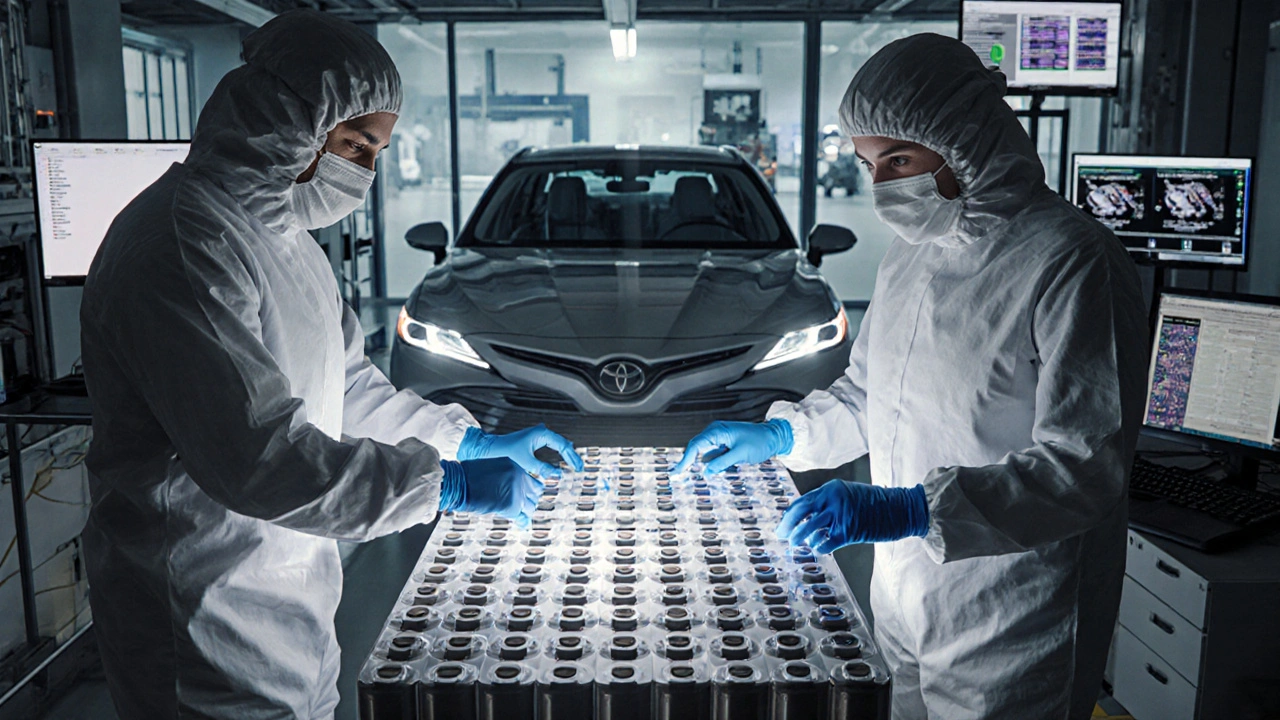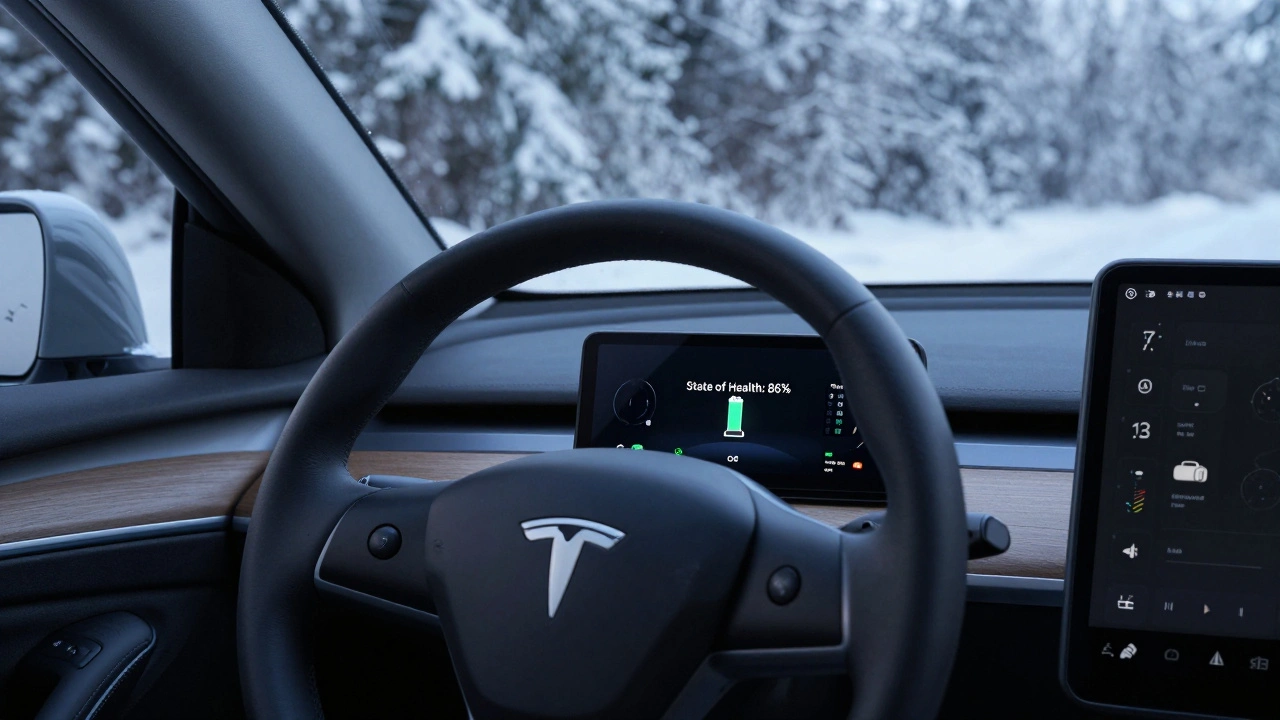Electric Vehicle Technology: What It Is and How It’s Changing Your Car
When you think of electric vehicle technology, the system that powers cars without gasoline using batteries, motors, and smart software. Also known as EV tech, it’s not just about swapping fuel for electricity—it’s a complete redesign of how a car moves, stops, and thinks. Unlike traditional engines that burn fuel, electric vehicles use an electric motor, a device that converts electrical energy into motion with near-zero friction and no exhaust to drive the wheels. This one change removes dozens of moving parts, cuts maintenance, and makes acceleration instant and smooth.
At the heart of every EV is its battery, a high-capacity pack of lithium-ion cells that stores energy and powers the motor. These aren’t like car batteries you swap out—they’re complex systems with thermal management, cell balancing, and software that monitors every volt. Range anxiety? It’s fading. Modern EVs now go 250 to 400 miles on a single charge, and charging times keep dropping. Then there’s regenerative braking, a feature that recovers energy when you slow down, turning the motor into a generator to recharge the battery. It’s not just efficiency—it changes how you drive. Many EV drivers use one-pedal driving, lifting off the accelerator to slow down instead of tapping the brake.
Electric vehicle technology doesn’t stop at the motor and battery. It includes smart software that manages power flow, predicts range based on terrain and weather, and even learns your driving habits. Charging infrastructure is expanding fast, but the real innovation is in how EVs talk to the grid and your home. Some models can send power back to your house during outages. Others adjust charging times to take advantage of lower electricity rates.
What you’ll find in the posts below isn’t hype—it’s real-world insight. From what to check during an EV test drive to how these systems actually perform in daily use, the articles here cut through the noise. You’ll see how EVs handle in cold weather, what makes their acceleration feel so different, and why some features matter more than others. No jargon. No fluff. Just what you need to know if you’re thinking about going electric—or already are.

Solid-State Battery Timelines: From Lab Prototypes to Real-World Car Production
- 11 Comments
- Oct, 15 2025
Solid-state batteries are moving from lab prototypes to real EVs. Learn when they'll hit the market, how they compare to lithium-ion, and why 2026 is the turning point for electric cars.




